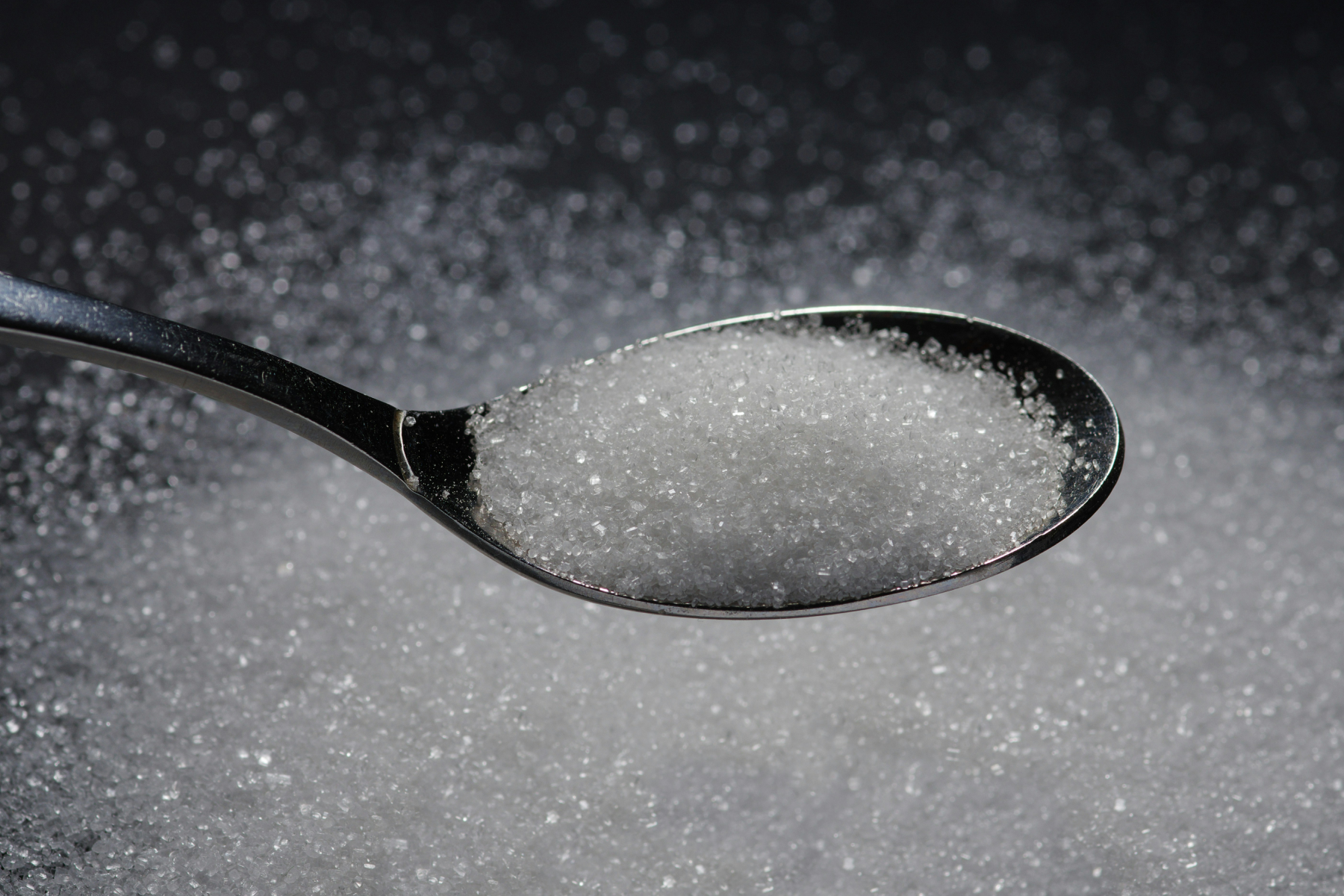Look Out for Added Sugar
Published January 1, 2022
Published January 1, 2022

Is this another article about how you should stop eating oh-so-tasty foods because they’re terrible for you? Nope. Sugar makes life, well, sweet. But too much of anything can be a problem. That’s especially true with added sugar.
Sugar is a carbohydrate that gives your body quick energy. You find it naturally in foods like fruit and milk. That’s why they’re sweet — and why it’s easier to get people to eat berries than broccoli.
Generally, sugars that occur naturally in foods aren’t a problem, unless you have a health condition where you really need to limit sugar. Or you eat a diet of strictly fruits and dairy, in which case we need to talk.
From the corn syrup in soda to the white sugar in your coffee, added sugar means just what it sounds like: sugars we add to food. The American Heart Association recommends that females have at most 6 teaspoons (25 grams) of added sugar a day. For males, it’s 9 teaspoons (38 grams). That’s the absolute max to have — 0 teaspoons is even better.
On average, American adults have 17 teaspoons (71 grams) of added sugar daily. Almost half of that comes from drinks like soda, sweetened coffee, and energy drinks. The rest? The usual suspects, like desserts and sweetened cereal.
What’s the big deal? All that added sugar can lead to:
Sugar is sugar. Brown sugar has more molasses than white sugar, but it’s no better for you. Because honey and agave nectar are sweeter than sugar, you may need a little less of them to get the same sweetness. But we’re really splitting hairs. They’re sugar.
One more note about agave. Blood sugar, called glucose, is the main sugar in your blood. You might have heard that agave doesn’t spike your blood sugar. That’s true, but only because agave has a lot less glucose than white sugar. It also has much more of a sugar called fructose, which brings us right back to where we started: sugar is sugar. And agave is sugar.
Ready to make some changes? Start with small steps like these:
From pasta sauce to salad dressing, food makers add sugar to all kinds of processed foods. It’s a sneaky way to make foods taste better, and it means sugar slips in without you even knowing.
How can you check for added sugars? It’s listed right on the nutrition facts label under carbohydrates. It will say something like, “Includes 12g added sugar.” The g is for grams.
If you’re checking the ingredient list, everything here is sugar:
Sweeteners like Splenda, Sweet’N Low, and Equal have 0 calories and don’t raise blood sugar. That’s good news, but they’re a mixed bag overall. Some studies show they can help with weight loss and control diabetes. Other research shows that they may hurt your gut and lead to more sugar cravings.
Overall, moderation is key to a healthy diet. The same idea applies to artificial sweeteners. Use them if they’re helpful to you, but focus more on lowering how much sugar you take in overall.
If you need support with healthier eating, your care team is ready and waiting! Book a visit today or speak with your health guide to get personalized tips. Not a member yet? Get started by signing up below, taking our quiz, or calling us at (855) 869-9284 to see if our continuous, coordinated care model is right for you.